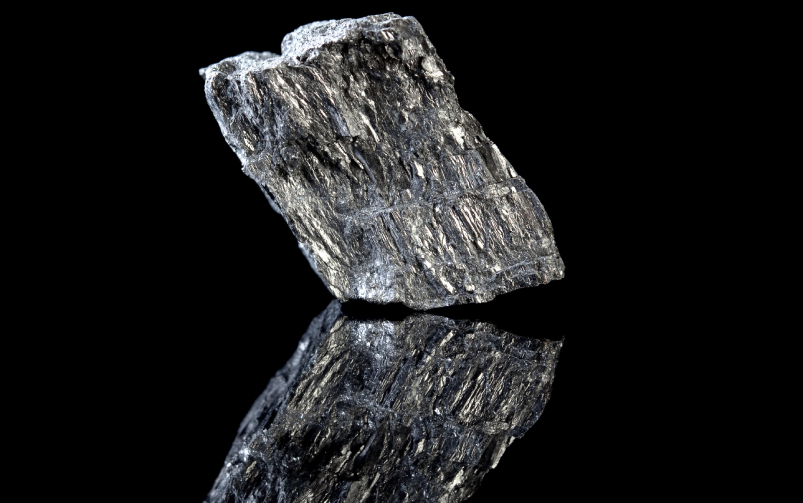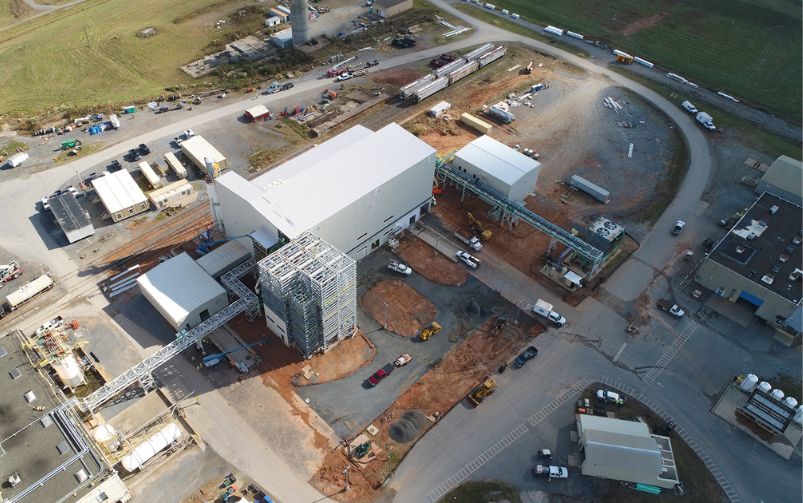Roy Slack was the keynote speaker at Hoist and Haul 2023 on Aug. 14. Courtesy of Alice Martin.
When the San José copper-gold mine in Chile collapsed on Aug. 5, 2010, it was a man-made and avoidable disaster, according to Cementation Americas director Roy Slack. He made these comments as part of his opening keynote at Hoist and Haul 2023, an international conference on hoisting and haulage that took place in Montreal on Aug. 14.
The rockfall at the San José mine blocked the ventilation shaft, which was its sole exit point. The mine was left unstable, and 33 miners were trapped 700 metres underneath the surface for 69 days.
Slack told the audience that the San José mine rescue mission has valuable lessons to teach the mining industry, even more than a decade later.
“It was a great rescue success,” Slack said. “But we can’t forget it was a great mining failure.”
Slack added that the mine was notoriously dangerous. He noted that from 1998 to 2010, eight fatalities occurred at the mine. The mine operator had also been ordered to build a second means of egress in 2003, but when the mine collapsed in 2010, it still had not been constructed.
State-owned Chilean copper mining company Codelco was brought in by the government to coordinate the rescue mission. The government solicited rescue plans from around the world. Out of more than 21 proposals submitted, the Cementation Group and its Chilean partner Terraservice were selected to carry out what became known as Plan A.
“One thing [the Chilean government] did was move quickly, as soon as the miners were found alive, to show that there was a plan in place,” Slack said. “I think that’s one of the reasons why we were picked—we could mobilize quickly and start Plan A while they began to look for other plans.”
Plan A involved drilling a first hole, then doing a second pass to widen it to a 28-inch hole, all with a Strata 950 raise drill. Soon thereafter, Plans B and C were also put into place. For Plan B, like Plan A, Chilean-American drilling company Geotec SA drilled two holes using a Schramm T130XD exploration drill. Calgary-based Precision Drilling Corporation was responsible for Plan C, which consisted of a single hole drilled with a Rig 421 oil drill.
Plan B ended up rescuing the miners. On Oct. 13, 2010, the 33 miners were all successfully hoisted to the surface with the Phoenix 2, a rescue capsule.
Slack emphasized that the collaboration between the companies when one group’s plan was stuck was critical to the rescue’s success. When Plan B burned one of its drill bits and had difficulties fishing it out, Slack said the other groups were there to help. “There was interaction between all the groups working, there was collaboration and innovation,” he said. “Three plans made a difference.”
However, Slack said that while the urgency of the situation drove a successful rescue mission, the accident could have been avoided, had the owner of the San José mine been mindful about safety.
“They didn’t spend money to make the mine a place where people wanted to work at, instead of a place where people had to work,” he said. “There were some things they could have done to make this mine safe and instead, they paid danger pay.”
Slack concluded by noting that the mining industry is facing big challenges to which it could apply the same sense of urgency that fuelled the innovation and collaboration at the San José mine rescue in 2010.
“I feel the largest challenge in our industry is tailings, and we’re still struggling with massive failures that [have] killed people,” he said. “I don’t have the answer, I just wish there was that sense of urgency we had at San José to solve that challenge.”




